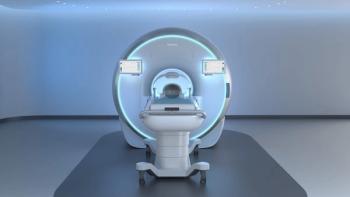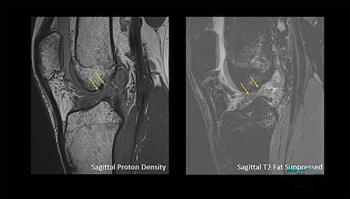
Diagnostic Accuracy and the Regulatory Hurdle
Experts at RSNA 2017 discuss how federal agencies are working to accelerate AI in practice.
When it comes to identifying the value of imaging, its main use is easy to pinpoint, industry experts said at this year’s RSNA.
Without a doubt, they agreed, imaging is vital because it provides the highest level of diagnostic accuracy in health care.
“In fact,” said Jeffrey Robinson, MD, assistant professor of radiology at the University of Washington at Seattle, “the only true measure of quality is the one that matters to the patient - rapid and accurate diagnosis.”
But, improving accuracy is important for nearly everyone involved in diagnostic imaging. It’s particularly paramount, he said, because, according to a recent British Medical Journal study, the 1999 Institutes of Medicine report, “To Err Is Human,” underestimated mortality due to medical errors. The study suggests medical errors, largely due to diagnostic uncertainty, are the third leading cause of death in the United States.
Having improved diagnostic accuracy helps nearly everyone associated with diagnostic imaging reach goals, he said. If accuracy improves, ordering physicians will be better able to choose which additional imaging studies will be most appropriate. In addition, technologists can better control and reduce radiation exposures, and radiologists will be better equipped to limit unnecessary follow-up studies.
If you’re concerned about accuracy within your practice or department, Robinson said, two types of blinded peer reviews are the best methods for boosting performance and value. Your providers can learn to recognize overlooked or misidentified findings by either reviewing de-identified controversial studies prospectively or retrospectively.
“Blind review is the key to objectivity in peer reviews when trying to determine and improve accuracy,” he said.
The Role of the FDA on Imaging Value
Although the FDA has long been the regulatory body in charge of determining and maintaining safety for all medications and medical devices, the agency’s role is particularly important now, said Benjamin Harvey, MD, JD, director of quality improvement for the radiology department at Massachusetts General Hospital.
Its role has taken on more heft recently due to the growth and expansion of artificial intelligence (AI). With greater use, AI promises to improve your ability to more quickly and accurately render a diagnosis. So, the FDA is integrally involved with the march toward greater accuracy.
Historically, any unique medical device dissimilar to anything already commercially available has been labeled Class 3 and subjected to a rigorous pre-market approval process. However, the push for greater accuracy in diagnostic imaging is opening the door for faster sign off, Harvey said. This July, the FDA agreed to a step that would label AI a Class 2 medical device, making it potentially easier for manufacturers to bring these technologies to market.
Via a special procedure, called the de novo process, the FDA can speed up its own approval channels for novel technologies if pushing them through the traditional avenues could slow down innovation, he said.
The majority of AI technologies are now fast-tracked due to the common ground they share with computer-aided diagnosis and computer-aided detection, technologies with a proven history of safely and effectively augmenting your diagnostic capabilities.
Ultimately, Harvey said, agreeing to push the technologies through faster will help you improve your diagnostic accuracy and timeliness, fulfilling patient desires.
“The FDA has an understanding of the digital information value loop that will change healthcare,” he said. “These recent agency decisions demonstrate its being proactive rather than stifling the field.”
Newsletter
Stay at the forefront of radiology with the Diagnostic Imaging newsletter, delivering the latest news, clinical insights, and imaging advancements for today’s radiologists.




























